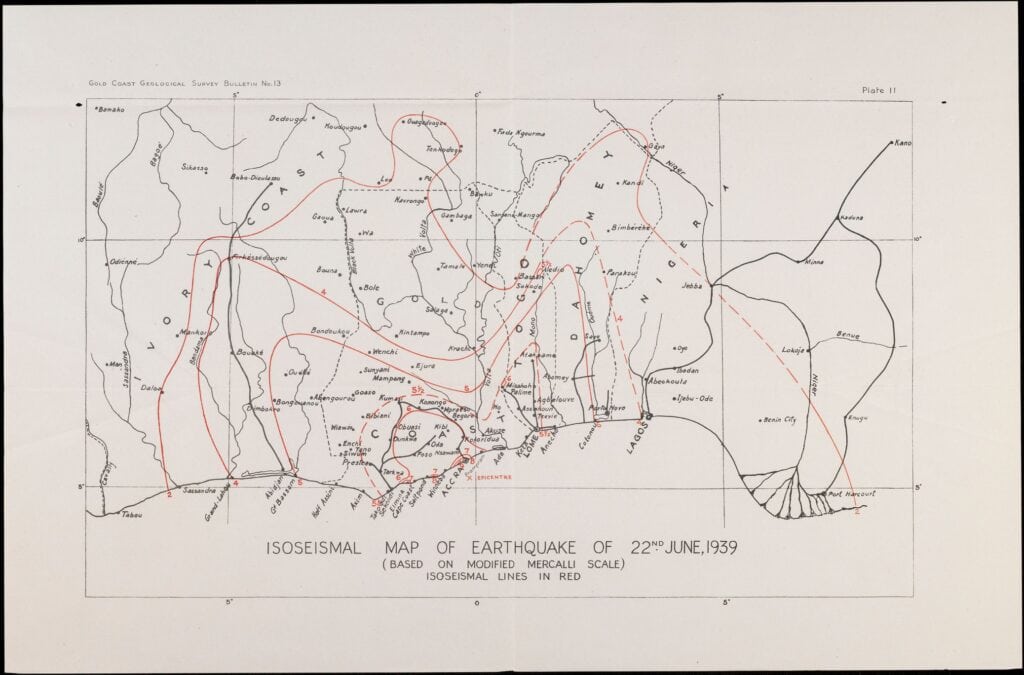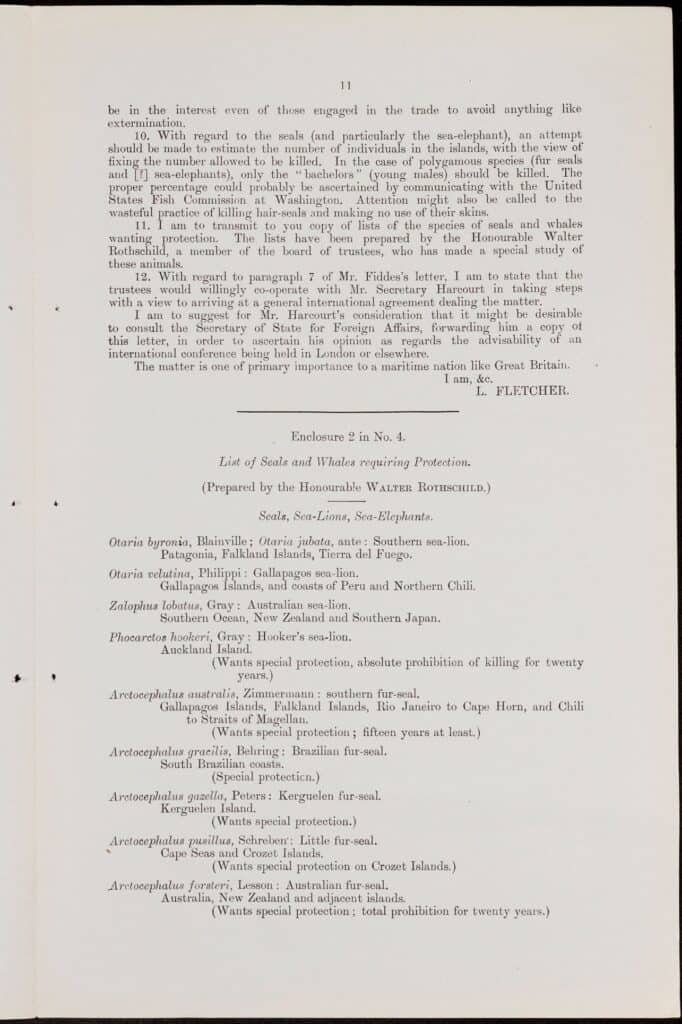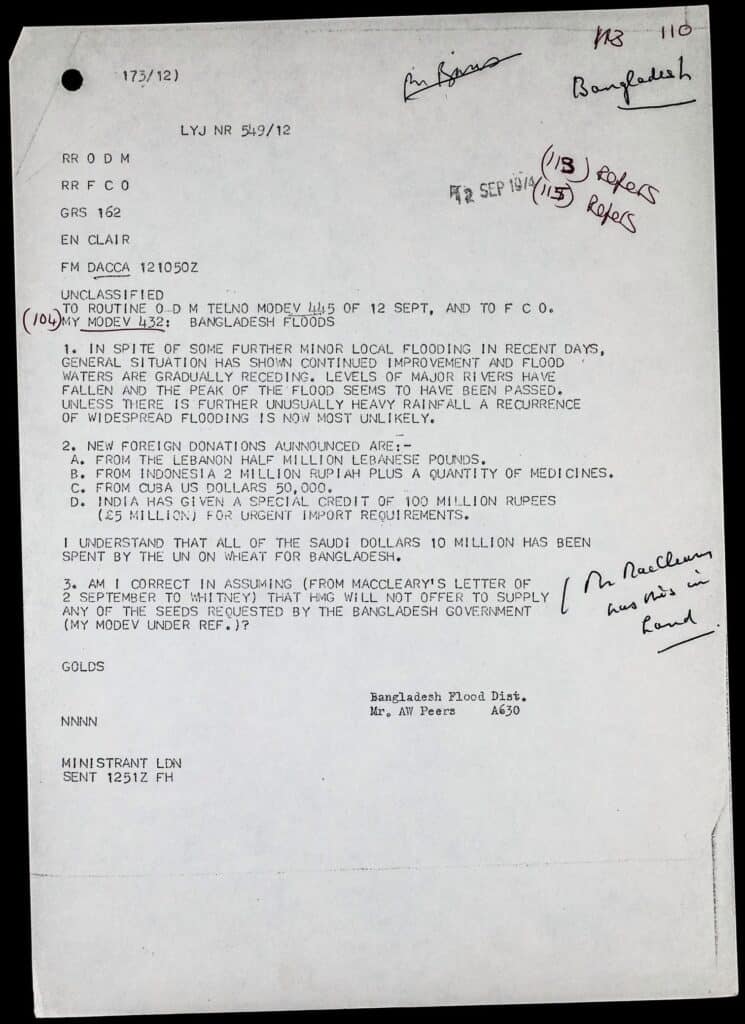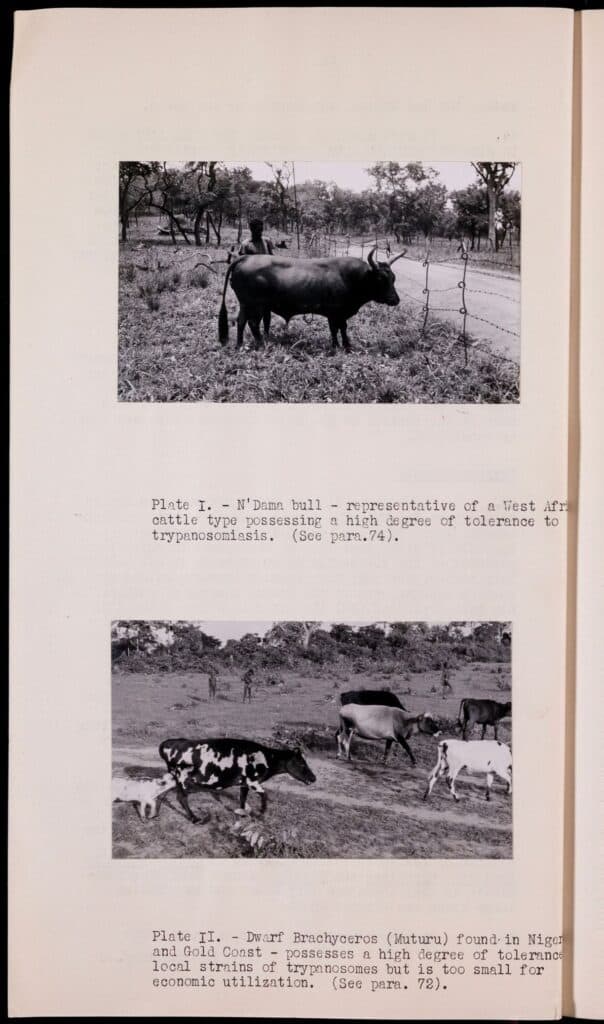│By Clem Delany, Acquisitions Editor, Gale Primary Sources│
On sitting down to write a brief explanation of what environmental history is, I have spent the last twenty minutes staring into space thinking about Pando. Pando is, as I’m sure the sophisticated and well-travelled audience of this blog will know, the largest and heaviest living organism on earth. Pando covers 100 acres and is around 10,000 years old. That means that when Pando first began its long, slow life, there were woolly mammoth and sabre-toothed cats still living, although increasingly finding their parties a little light on company.
Pando is a tree. It is a quaking aspen in Utah; in appearance it is over 45,000 individual quaking aspens, but below ground it has a single root system. Each ‘tree’ is a clone of its neighbours, a stem of one single organism. And it is on my mind because I am trying to think of a pithy way to describe environmental history, an area of study where many different disciplines and topics meet, connected at their roots as different expressions of one phenomenon: human interaction with the natural world.
Environmental History: Colonial Policy and Global Development, 1896-1993
The new Environmental History module holds British government material from the Foreign Office, the Colonial Office and the Office of Overseas Development, and the nature of the material made available here illustrates the breadth of study available to scholars with an environmental interest.
The digitised files bring broad themes and specific case studies to researchers – rural development schemes in India and Nepal, land tenure in Papua New Guinea, whaling and sealing in the South Atlantic, disaster response in Mexico and Ethiopia, conservation efforts in Africa, and the demands and legacies of imperial networks of trade and commerce throughout the world can all be found here. Population control and public health, seismological data and graphs, the monitoring of rainfall and surveying of soil erosion, early ideas and approaches to development and sustainability, even foreign relations and Cold War concerns can be explored in these documents.

Selected in collaboration with experts at the UK National Archives, these files represent key material intended to aid investigation into a wide array of research questions, and to provide teaching material on various topics.
Conservation of Flora and Fauna
In many ways the father of all environmental issues, conservation and preservation concerns can be traced here back to the nineteenth century. A key moment in this history can be found in the Colonial Office files relating to the International Conference for the Protection of Flora and Fauna of Africa in 1933, and the subsequent Convention Relative to the Preservation of Fauna and Flora in their Natural State (CO 323/1234-1235).

There is correspondence about the preservation of whales from 1912 (FO 881/10235), albeit in the context of maintaining a thriving whaling industry, and as far as back as 1898 there is extensive discussion around preservation of wild animals in Africa, again from the perspective of game management. Other voices calling for greater care in the conservation and protection of wildlife can also be found, for example the Society for the Preservation of the Fauna of the Empire is a frequent correspondent of the Colonial Office.
Imperial Legacies: Resources
Many global networks of industry, trade and commerce were developed under and as a key part of imperial systems. This collection allows researchers insight into the exploitation of natural resources under the British Empire and after decolonisation, as well as positioning the territories of British influence within wider international networks with countries such as the United States, France and the Netherlands, who were also present in many different regions. Forestry and timber, cotton, sugar, oil, textiles, mined materials such as bauxite and tin, food products such as cocoa and maize, were and are all key goods imported and exported around the world.

Disasters and Aid
Natural disasters and their aftermath are among the most dramatic and extreme events on the world stage. The subseries OD 69: Ministry of Overseas Development and Overseas Development Administration: Disaster Unit covers environmental disasters from 1973-1987, including flooding in Bangladesh and the Lake Nyos volcanic disaster in Cameroon in 1986, when nearly 2000 people and thousands of livestock were killed by a dense gas cloud released from under the lake.

Beyond such events, aid and development are increasingly tied together through the century, with bodies such as the Colonial Development Corporation creating ‘schemes’ around the world; details of ranching in Swaziland (now Eswatini) and Bechuanaland (now Botswana), small-holding in Kenya, hydro-electric power in Sierra Leone and housing in Jamaica can all be found in the subseries CO 852, alongside international collaborations such as the ‘American Point Four Programme of Technical Assistance for Underdeveloped Countries’ (CO 852/1406: Antigua Housing Project) showing changing Western approaches and aims in the development field.
Specific areas of Overseas Development can be found in OD 45: Natural Resources Advisers Support Unit, OD 119: Health and Population Division, OD 68: Rural Development, and the regionally focused subseries of OD 53: Eastern and Western Africa, and OD 139: Southern Asia.
Food and Agriculture
Agricultural practices and resources, distribution and production of food, and public health and nutrition are all permanent and central features of these series. The spectre of the American Dust Bowl experience brought concerns around soil erosion and maintaining agricultural land to the forefront after the 1920s, and wartime scarcity led to increased focus on nutrition and global staples.

Ranching and livestock breeding appear with their associated diseases, veterinary concerns, and regional variations in practice. Food security linked to poverty also appears as a public concern through various organisations, for example the UN Food and Agriculture Organisation and their ‘Freedom from Hunger’ Campaign in the 1960s, and Band Aid in the 1980s.
The Importance of Environmental History
The impact of people on the natural world, and of nature on people, is at the heart of a huge amount of our daily lives. Understanding the different facets of this relationship, exploring our past and being able to critically evaluate it as we look to the future and the increasing calls for greater levels of care for our environment, helps join the dots between the ways in which we use our environment and the ways in which we can support and protect it.
To crowbar in my opening metaphor – environmental history can be such a broad umbrella it is hard to see, as it were, the tree from the woods, or to appreciate the many ways in which the environmental lens can bring together social, economic, technological, and scientific narratives. This collection will help researchers and students across disciplines do just that.
If you enjoyed reading this blog, then check out some of our other similar posts:
- The First Module in Gale’s Environmental History Series – Conservation and Public Policy in America, 1870-1980
- The Mystics of Environmental History and Ethnobotanical Research
Blog post cover image citation: A collage of images from the Environmental History Archive.

